Red Bull Logo History: From Energy Symbol to Global Icon

The Red Bull Logo
For over three decades, Red Bull has stayed true to its bold slogan: “It gives people wings.” When the company launched in 1987, it didn’t just bring a new drink to market—it invented an entirely new product category: the energy drink. Similar to the instantly recognizable Amazon logo, Red Bull’s logo has become a symbol of energy, daring, and global reach. In this article, we explore how Red Bull built its brand identity through one of the most enduring logos in modern history.
The Red Bull Logo and the History of the Company
While most companies refresh or redesign their logos over time to stay relevant, Red Bull is an exception. From the very beginning, the brand had a clear identity that was so strong, it has never needed to change. That same logo introduced in 1987 remains untouched to this day—an achievement that speaks volumes about its original impact. This kind of clarity and foresight is exactly what top branding agencies aim to deliver for their clients.
In the world of global branding, few logos resonate as universally as Red Bull’s. Whether you’re a veteran designer or just starting out, the Red Bull logo is a masterclass in effective branding. Its clever symbolism, color usage, and straightforward composition serve as a reference point for anyone looking to build a lasting visual identity.
In this article, we’ll break down the origin story, creative inspiration, and enduring legacy of the Red Bull logo. So grab a can and follow along as we explore how this bold design became the face of one of the world’s most recognizable brands.

The logo’s story began when Dietrich Mateschitz, during a business trip to Thailand, discovered “Krating Daeng,” a local energy drink. Inspired by the product and its vibrant design, he envisioned adapting it for Western markets—keeping the iconic bulls and sun emblem that would soon become a global symbol of energy and performance.
Have You Ever Imagined Growing Wings After Drinking an Energy Drink?
That’s exactly what Red Bull’s founders envisioned. Their now-famous slogan, “Red Bull gives you wings,” wasn’t just clever marketing—it captured the transformative energy they believed their drink could offer.
Red Bull has its roots in Thailand’s Krating Daeng, a drink originally marketed to blue-collar workers and truck drivers. It contained a potent mix of ingredients like caffeine, taurine, and sugar, designed to combat fatigue and sharpen focus. This formula quickly became popular among people who needed a physical and mental edge.
Austrian entrepreneur Dietrich Mateschitz recognized the product’s potential beyond Thailand. In partnership with Thai businessman Chaleo Yoovidhya, he adapted the formula and branding to suit Western tastes, launching Red Bull in Austria in 1987. The logo—with two red bulls charging in front of a golden circle—perfectly captured the energy and power the drink promised to deliver.
Red Bull’s success can be traced not only to its formula but also to its marketing strategy and strong visual identity. Mateschitz kept the original Thai logo nearly intact, understanding that its symbolism and strength were already well-designed. Sometimes, the smartest move is recognizing when something is already great—and not overthinking it.
To Achieve a Similar Level of Branding Success
Many companies aiming for similar branding impact turn to professional design agencies. Whether you’re based in Florida or searching online for a logo design firm, having the right creative partner is essential. A quality logo design agency doesn’t just create graphics—they help define your brand’s voice and message visually.
From small businesses looking for a custom logo to larger enterprises seeking full visual branding packages, the need for strong, enduring designs has never been greater. Red Bull’s logo proves that an emblem can last decades with the right foundation. If you’re searching for “logo designers near me,” be sure to look for teams that understand storytelling, symbolism, and long-term brand strategy.
The History of the Company

Red Bull was founded in 1987 and is often credited with launching the global energy drink market. From its humble beginnings to dominating international shelves, Red Bull has expanded not only its reach but also its influence across sports, entertainment, and media.
1987 — Present
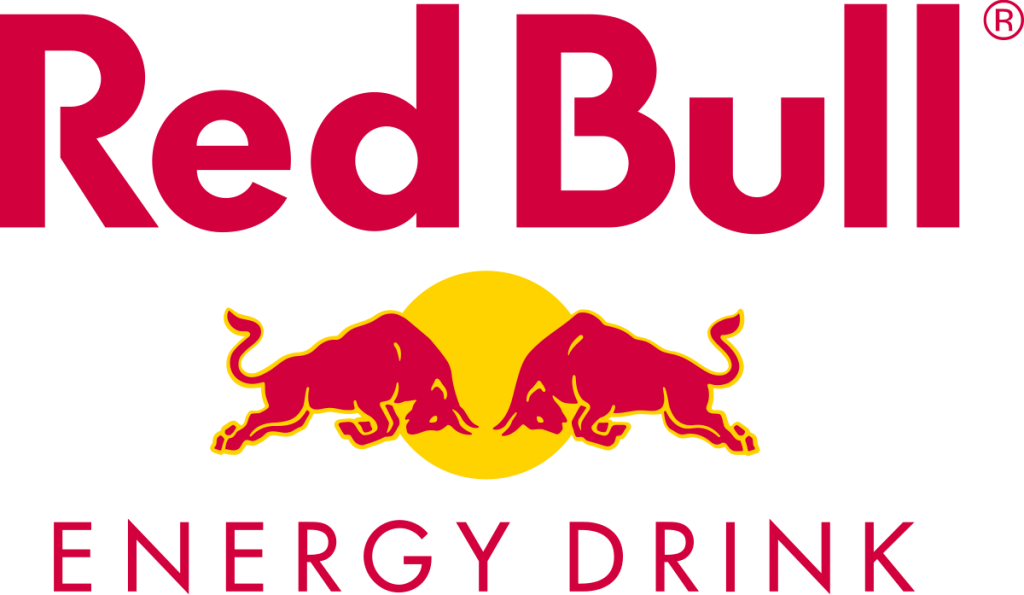
Since its official launch in Austria in 1987, Red Bull’s core visual identity has remained unchanged. While many companies go through rebranding cycles, Red Bull’s decision to keep its original logo speaks to the strength of its initial concept and the trust it built among consumers around the world.
Red Bull Logo Shape and Symbol
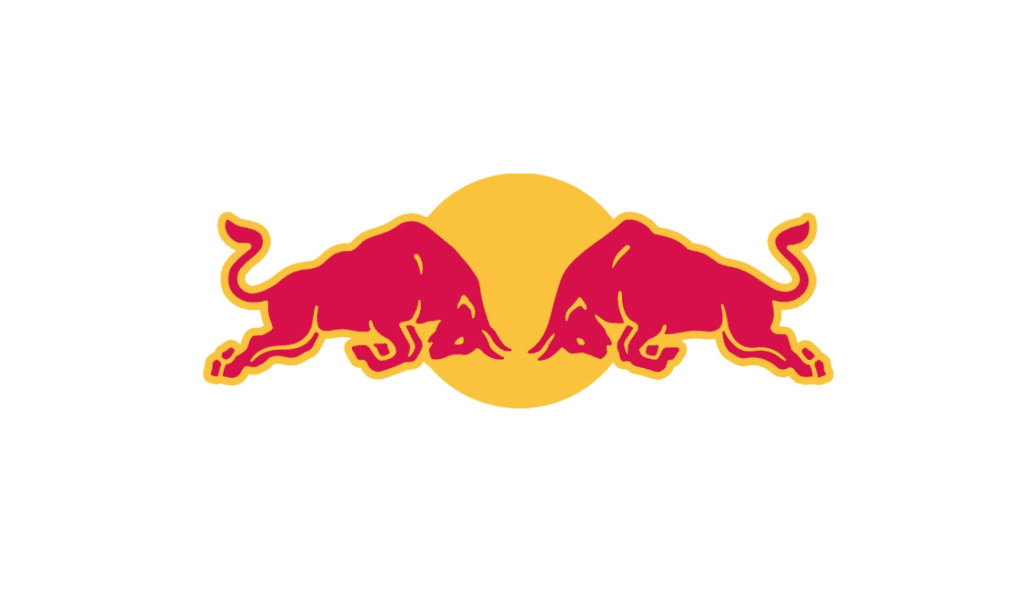
The Red Bull logo is a striking visual: two muscular red bulls charge at each other in front of a bright golden sun. It’s a bold emblem representing more than just a drink—it’s a statement about energy, determination, and performance. The design has stood strong for decades, cementing Red Bull’s place in the minds of consumers.
🔴 The Bulls
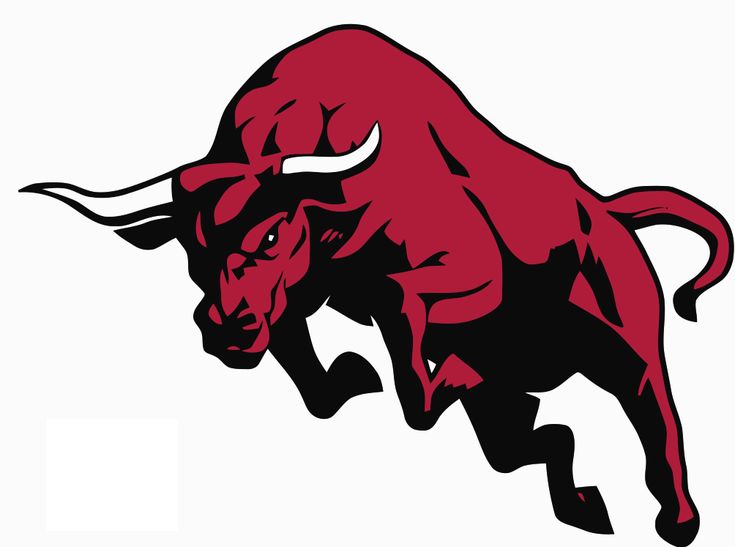
The bulls symbolize attributes such as confidence, resilience, teamwork, and power. These qualities align with Red Bull’s core message: pushing limits and achieving greatness. The image also connects with themes of fertility, agriculture, and cooperation—linking the brand to both hard work and vitality.
🌞 The Sun Circle
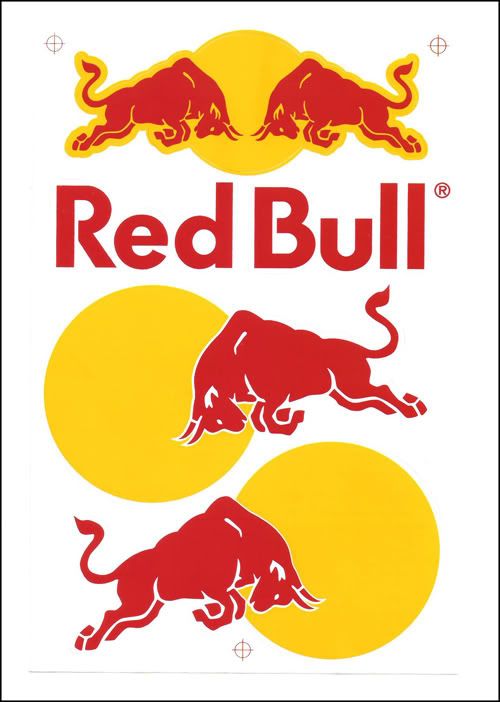
The golden circle behind the bulls is more than just a backdrop—it represents energy, the sun, life, influence, and completeness. Many cultures view circles as symbols of unity and eternity, making it a fitting component of a logo meant to inspire limitless drive.
🎨 Color Palette
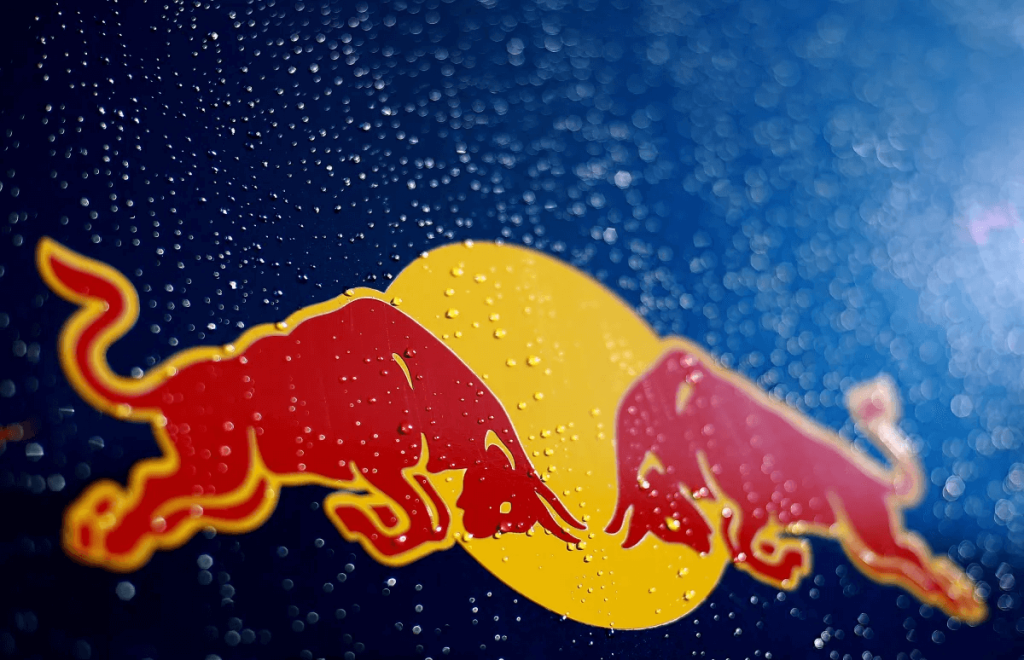
Red Bull’s color choices are purposeful:
- Red symbolizes energy, strength, action, and passion. It’s a powerful attention-grabber and is often linked to sports and vitality.
- Gold represents success, luxury, and positivity. As the backdrop to the bulls, it adds a premium feel and signals brightness, optimism, and high energy.
Together, these colors create a dynamic and memorable visual identity.
The History of Red Bull
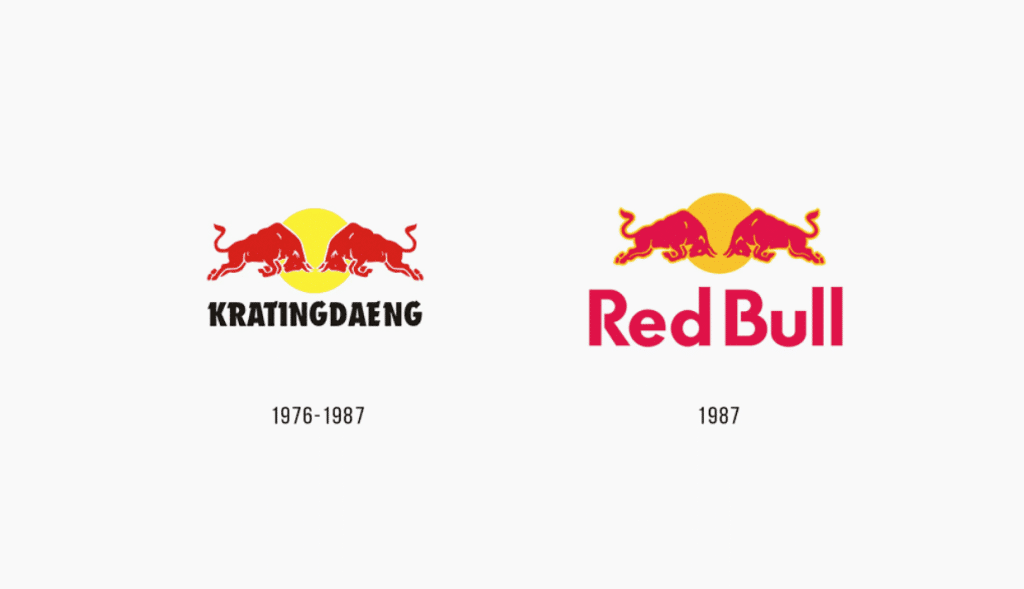
Red Bull’s rise from a localized Thai product to a global empire didn’t happen overnight. It took smart marketing, innovation, and a strong sense of brand direction.
Its Founders

Red Bull’s founding is a collaboration between Austrian businessman Dietrich Mateschitz and Thai entrepreneur Chaleo Yoovidhya. Mateschitz discovered Krating Daeng during a business trip and realized its potential in the global market. He rebranded the drink for a broader audience, turning a product once aimed at laborers into a premium lifestyle beverage.
Marketing Success
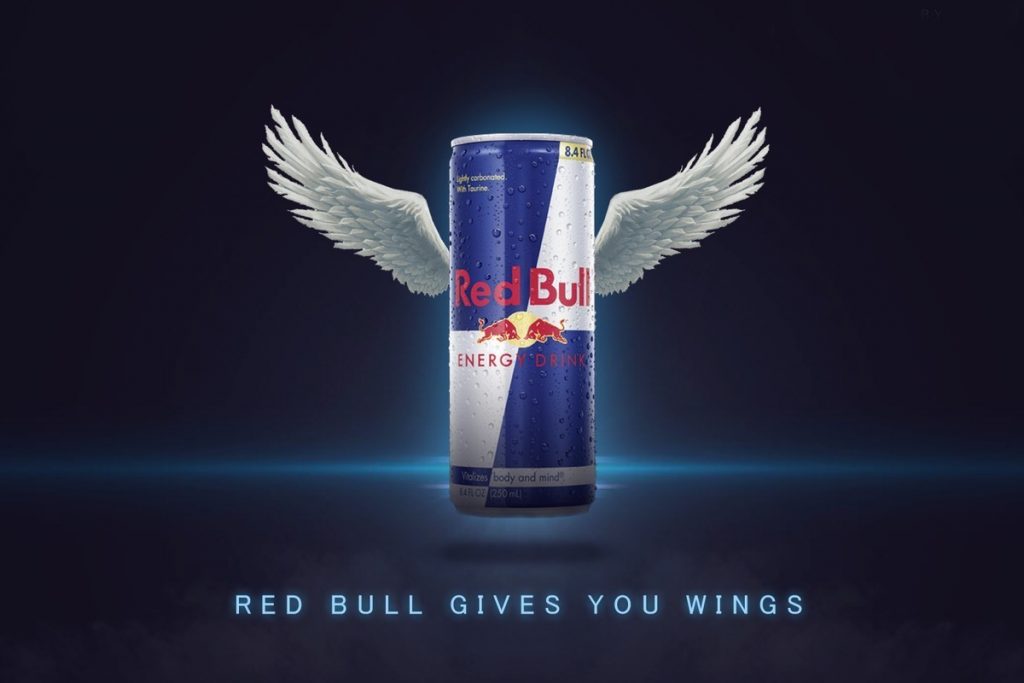
Red Bull’s success is heavily tied to its marketing efforts. Since 1997, its animated commercials featuring quirky characters helped build a fun and engaging brand personality. Red Bull is now synonymous with extreme sports, adventure, music, and gaming.
From sponsoring events like cliff diving and air races to owning sports teams and media studios, Red Bull is more than a beverage company—it’s a global culture brand.
Red Bull doesn’t just put its logo on cans—it puts it everywhere. The company’s aggressive marketing strategy makes the logo inseparable from adrenaline culture:
✈️ Extreme Sports & Events
- Red Bull Flugtag
- Red Bull Cliff Diving
- Red Bull Air Race
🏁 Motorsports
- Red Bull Racing (Formula 1)
- KTM Red Bull (MotoGP)
The logo appears on helmets, cars, aircraft, jerseys, and even surfboards. This omnipresence associates the logo with speed, courage, and danger—qualities young consumers admire.
🎧 Music and Culture
- Red Bull Music Academy
- Red Bull TV
The logo crosses into urban culture, expanding beyond energy drinks into a lifestyle brand.
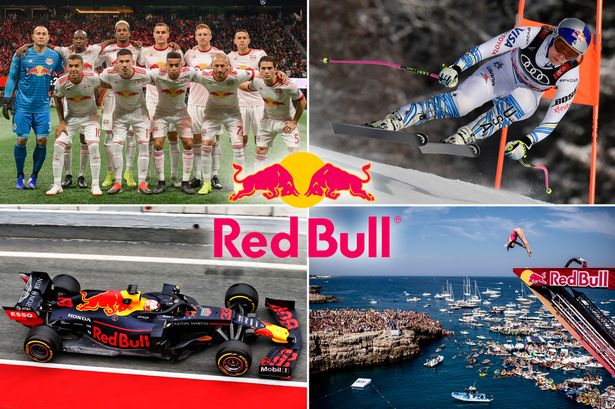
The Timeline
Red Bull’s history is filled with groundbreaking moments. Here are a few highlights:
1987:
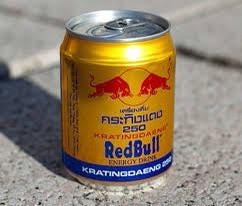
Red Bull launches in Austria. Over one million cans sold in the first year.
1988:
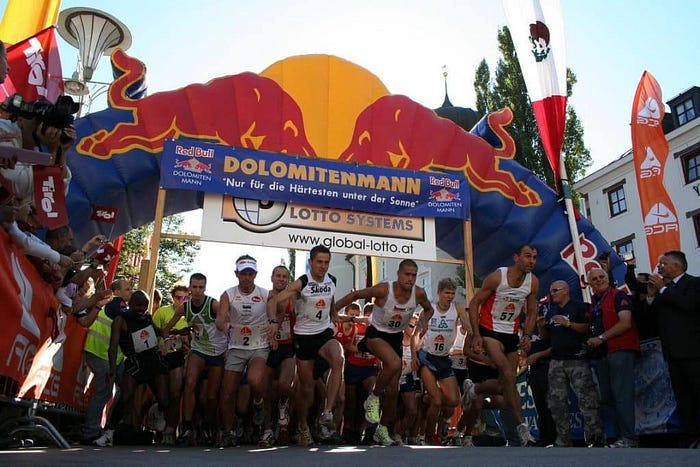
Hosts the first Red Bull Dolomitenmann—an extreme endurance race in Italy.
1989:

Red Bull signs its first athlete, F1 driver Gerhard Berger.
1992:
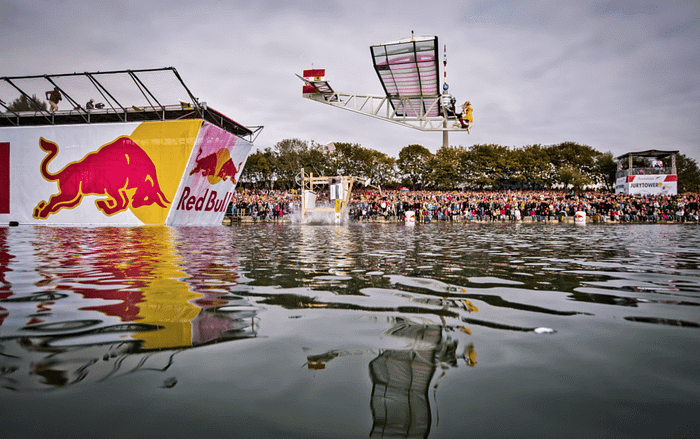
Launches in Germany and the UK; debuts Red Bull Flugtag in Vienna.
1994–1995:
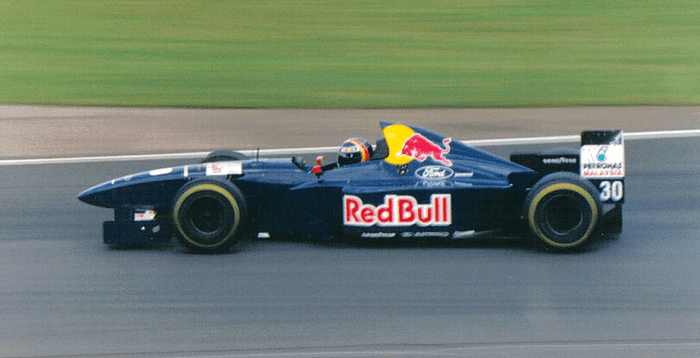
Signs global sports stars; enters Formula 1 with Team Sauber.
1997:
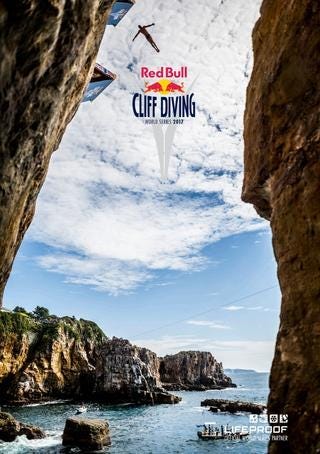
Enters the U.S. market and begins major marketing pushes; starts cliff diving series.
1998–2003:
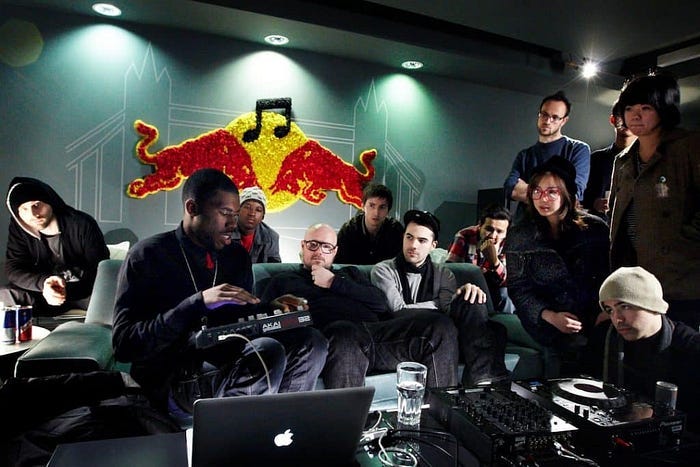
Launches Red Bull Music Academy and Flying Bulls; sells 1 billionth can.
2005–2007:
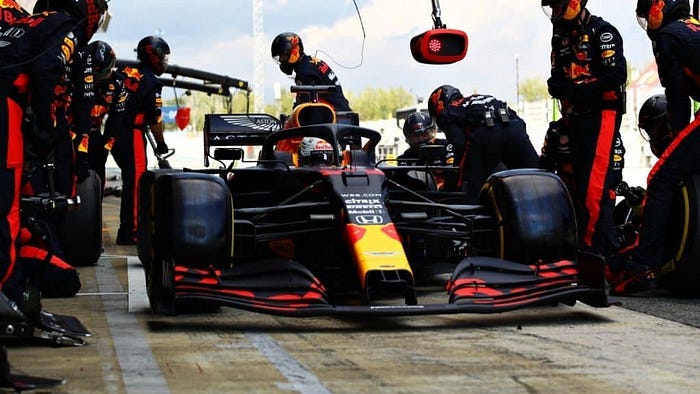
Establishes Red Bull Racing and NASCAR teams; starts Red Bull music label.
2008–2014:
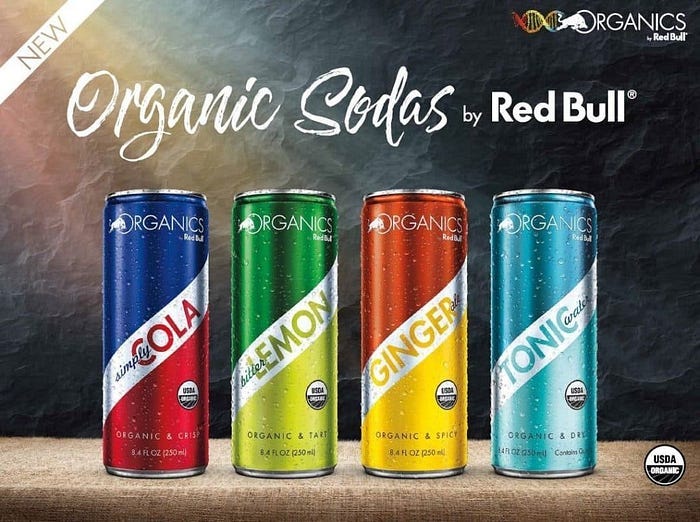
Releases ORGANICS line and Red Bull Editions; launches Wings for Life World Run.
2016–2020:

Launches Red Bull Mind Gamers, Conquest, Dance Your Style, and more.
Why Does the Red Bull Logo Work?
Let’s break down why this logo is one of the most powerful brand assets of the 21st century:
✔️ Simple but Symbolic
The visual language is easy to recognize but packed with metaphor.
✔️ Culturally Rooted Yet Universally Understood
Though it originated in Thailand, the logo translates across cultures thanks to its primal imagery.
✔️ Timeless Design
It hasn’t succumbed to trends. Its consistency signals stability and confidence.
✔️ Aligned With Brand Values
The bulls and sun perfectly represent what Red Bull stands for: energy, power, challenge, and boldness.
✔️ High Versatility
From cans to race cars, the logo adapts effortlessly without losing its essence.
Red Bull Today
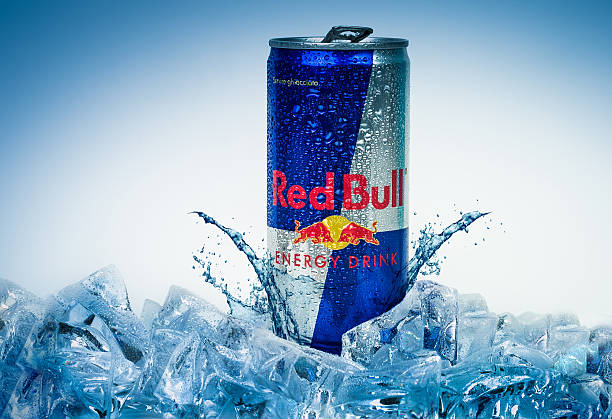
Red Bull is the global leader in energy drinks, commanding a 43% market share as of 2020. With operations in over 170 countries and billions of cans sold annually, the company has expanded far beyond beverages. Despite fierce competition from brands like Monster, Rockstar, Pepsi, and Coca-Cola, Red Bull continues to thrive—thanks to its bold identity and unmatched branding consistency.
FAQs
When was Red Bull founded?
1987, in Austria, by Dietrich Mateschitz.
What was Red Bull’s first major event?
The 1988 Dolomitenmann—an extreme multi-sport race in Italy.
Who was Red Bull’s first sponsored athlete?
Austrian Formula 1 driver Gerhard Berger in 1989.
When did Red Bull launch in the U.S.?
In 1997, starting in California, Oregon, Texas, and Colorado.
What is Red Bull Flugtag?
An event where participants fly handmade, human-powered aircrafts.
What major milestone did Red Bull reach in 2001?
They sold their one billionth can of Red Bull.
When was Red Bull Racing established?
In 2005, marking their official entry into Formula 1.
What makes the Red Bull logo unique?
Its consistent use of bulls, symbolism, and a design that hasn’t changed since inception.
What are Red Bull’s key ingredients?
Caffeine, taurine, sucrose, glucose, alpine spring water, and B vitamins.
What is Red Bull’s global market share?
Approximately 43% as of 2020, making it the industry leader.
Conclusion
Red Bull’s journey from a Thai-inspired drink to a global lifestyle brand is a story of visionary marketing and enduring design. With iconic events, boundary-pushing sponsorships, and a legendary logo that’s never needed updating, Red Bull stands as a model of branding excellence.
As the brand continues to innovate and expand its cultural impact, one thing remains clear: Red Bull’s identity—rooted in its logo—is still giving people wings.